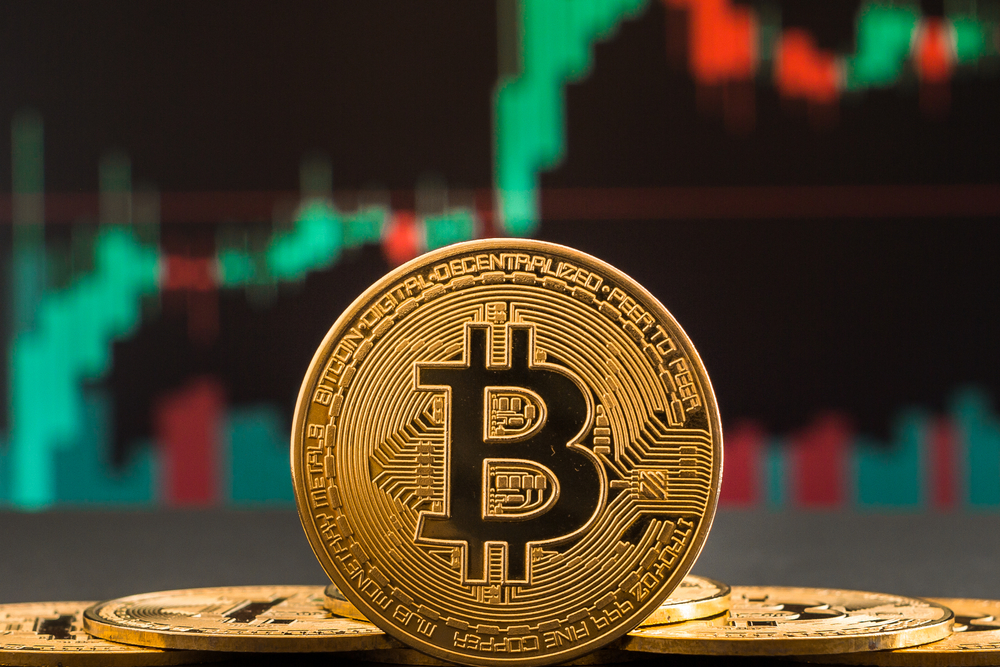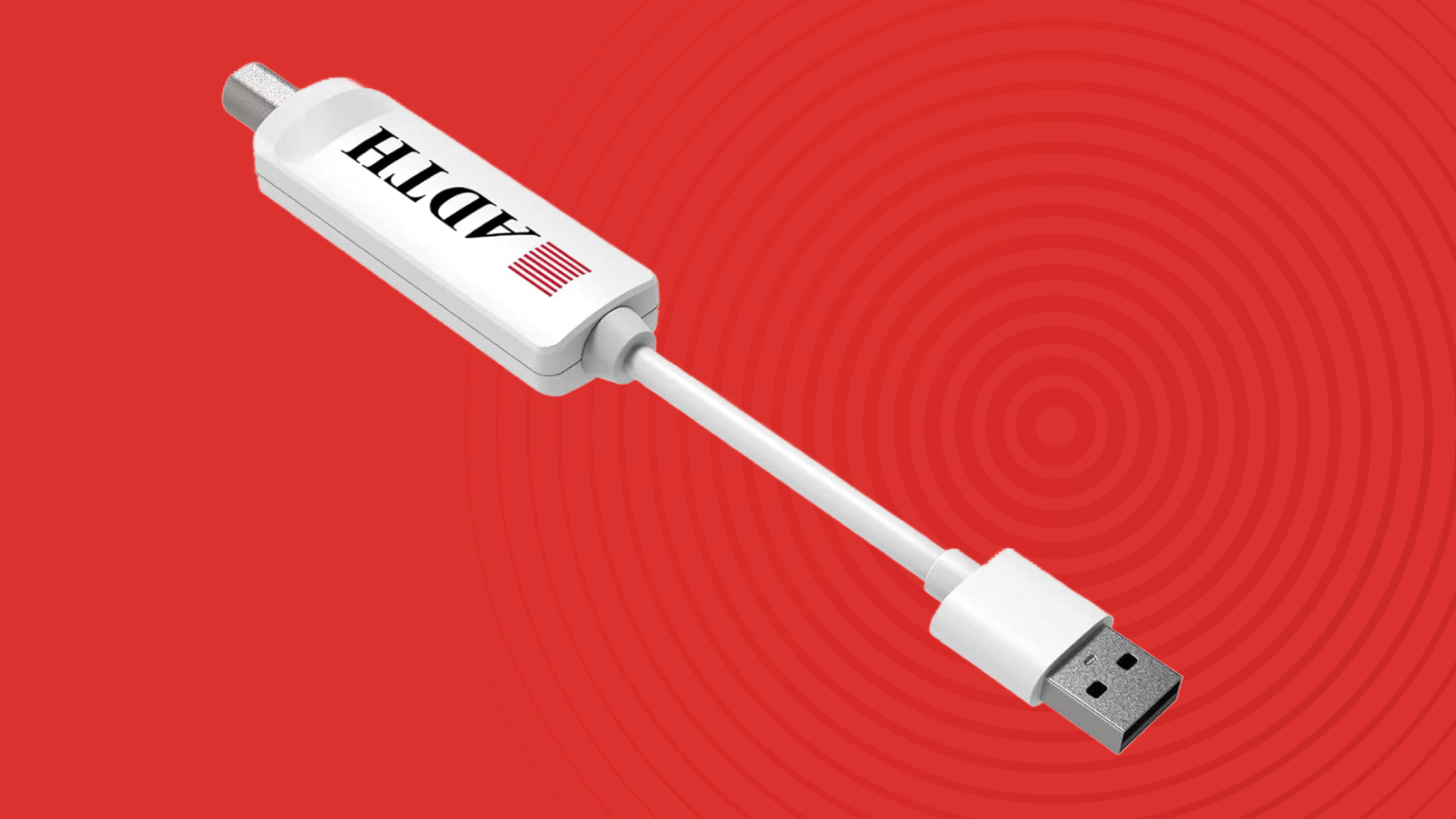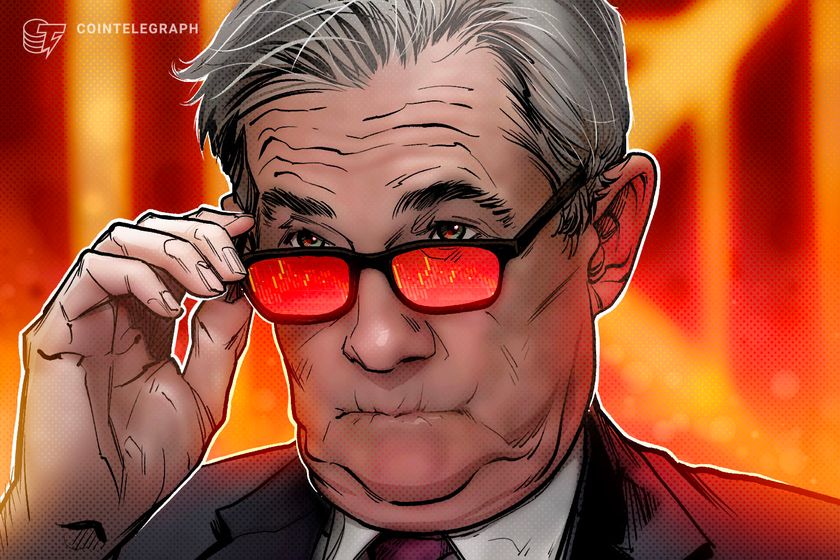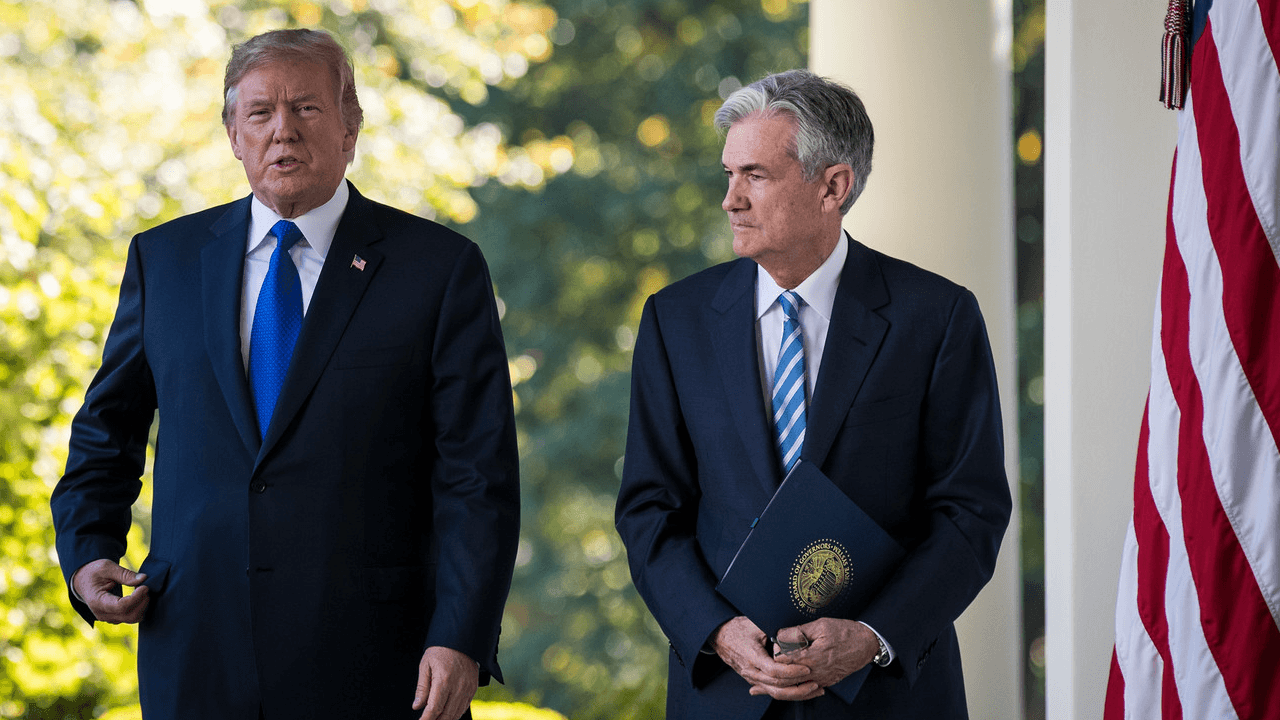Crypto market reacts to tariffs: analysts weigh the impact on Bitcoin and altcoins
Trump’s tariffs have injected uncertainty into the crypto market. Traders anticipate short-term volatility but bullish long-term. Bitcoin is seen as a potential hedge against inflation and a weakening dollar. President Trump’s imposition of heavy tariffs has injected a fresh dose of uncertainty into the crypto market, an arena already known for its volatility. These tariffs, […] The post Crypto market reacts to tariffs: analysts weigh the impact on Bitcoin and altcoins appeared first on CoinJournal.

- Trump’s tariffs have injected uncertainty into the crypto market.
- Traders anticipate short-term volatility but bullish long-term.
- Bitcoin is seen as a potential hedge against inflation and a weakening dollar.
President Trump’s imposition of heavy tariffs has injected a fresh dose of uncertainty into the crypto market, an arena already known for its volatility.
These tariffs, designed to reshape global trade, are having a ripple effect on currency valuations, supply chains, and inflation, forcing traders to adapt to a rapidly changing landscape.
Initially, a stronger US dollar, potentially fueled by tariff-induced trade imbalances, could exert downward pressure on crypto prices as investors seek the perceived safety of traditional assets.
However, if prolonged economic uncertainty takes hold, Bitcoin’s reputation as a store of value could strengthen, particularly if central banks respond with looser monetary policies.
Here’s a glimpse into how crypto traders and market observers are strategizing in the face of these developments, with a general consensus pointing towards muted price action in the near future but bullish sentiment prevailing in the medium to long term.
Rick Maeda, Research Analyst at Presto Research, told CoinDesk the immediate impact of Trump’s aggressive tariffs, with levies jumping to 34% on China and 25% on cars on top of the existing baseline levy.
“Trump’s tariffs unnerved global markets and crypto was no exception,” Maeda states.
Bitcoin sold-off into the $82k level while Ethereum got hit harder, dipping below 1,800.
Maeda observes a surge in put buying across various tenors as traders seek to protect themselves from further price declines.
However, he notes that implied volatility term structures remained relatively stable.
He also points out the impact is likely to be sustained, saying “Structurally, a prolonged trade war could continue to batter crypto as it continues to identify as a risk asset rather than the digital gold it once was.”
Volatility and sideways consolidation
Enmanuel Cardozo, Market Analyst at Brickken, echoes the sentiment of heightened volatility.
Trump’s tariffs that rolled out yesterday on April 2, 2025, for a long list of countries, are stirring up the crypto industry in a big way. We saw how bitcoin was at $88,500 flirting with the $90K level but in a span of 4hrs dropped down to around $82,000.
Cardozo anticipates sideways consolidation in the short term, as economic uncertainty pushes retail investors toward safer havens like gold, while institutional investors maintain their accumulation of Bitcoin.
The potential upside for crypto
Looking beyond the immediate turbulence, Cardozo sees potential upside for crypto in the long run. He suggests that “These tariffs could weaken the dollar’s dominance by making imports pricier, which might position bitcoin as a go-to hedge against inflation.”
He goes on to suggest increased usefulness of crypto with “As global trade gets more murky, crypto’s utility for cross-border transactions could potentially gain more appeal, especially with stablecoins stepping up as a workaround for tariff barriers as we’re already seeing hints of this with government-backed stablecoin adoption.”
He concludes with, “Either way, I’ll be watching how these tariffs interact with Fed policy and market sentiment to see how crypto adapts to this scenario.”
Bitcoin as a safe haven
As per the CoinDesk report, Alvin Kan, COO at Bitget Wallet, suggests that “Trump’s proposed tariffs risk triggering stagflation—rising prices without growth—which could undermine confidence in fiat, especially the U.S. dollar. As capital seeks protection from inflation and trade war uncertainty, bitcoin stands out as a neutral, decentralized hedge.”
He adds, “In a fragmented, protectionist world, bitcoin becomes less about speculation and more about preservation, and smart traders are already positioning accordingly.”
Augustine Fan, Head of Insights at SignalPlus, highlights the broader risk-off sentiment across asset classes.
Trade partners promised retaliation, while cross assets saw a massive risk-off move, leading to a similar drop in BTC to recent lows. Compared to the move in US equities, which breached recent lows, crypto prices outperformed relatively, with BTC holding above the $80k level as the weaker dollar and stronger gold move is providing markets with a convenient excuse to give bitcoin a little bit of a flight to quality bid.
He reports a bold statement from, “Secretary Bessent blaming the sell-off as a “Mag-7 problem” compounded the negative sentiment.”
He finishes with, “We like buying BTC on aggressive dips towards the 76-77k area.”
Ryan Lee, Chief Analyst at Bitget Research, points to the panic-driven sell-off in the wider market following Trump’s unexpectedly harsh tariffs.
“Trump’s unexpectedly harsh tariffs, including 10-49% tariffs on imports, may have sparked a panic-driven sell-off in the wider market, with ETH and SOL dropping ~6%, and the market shifting to stablecoins as fear spiked.”
Lee emphasizes the potential for prolonged economic strain, with “A weakening dollar from economic strain and potential Fed easing could boost BTC as a hedge, with data showing early accumulation trends. However, altcoins may need stronger fundamentals to benefit in the long term.”
The post Crypto market reacts to tariffs: analysts weigh the impact on Bitcoin and altcoins appeared first on CoinJournal.






















































.jpg)
%20Abstract%20Background%20112024%20SOURCE%20Amazon.jpg)


















































































































![[The AI Show Episode 142]: ChatGPT’s New Image Generator, Studio Ghibli Craze and Backlash, Gemini 2.5, OpenAI Academy, 4o Updates, Vibe Marketing & xAI Acquires X](https://www.marketingaiinstitute.com/hubfs/ep%20142%20cover.png)
































































































































![From drop-out to software architect with Jason Lengstorf [Podcast #167]](https://cdn.hashnode.com/res/hashnode/image/upload/v1743796461357/f3d19cd7-e6f5-4d7c-8bfc-eb974bc8da68.png?#)

































































































































![Rapidus in Talks With Apple as It Accelerates Toward 2nm Chip Production [Report]](https://www.iclarified.com/images/news/96937/96937/96937-640.jpg)










_Christophe_Coat_Alamy.jpg?#)































































































![This is Apple’s unreleased 10th anniversary Apple Watch band [Gallery]](https://i0.wp.com/9to5mac.com/wp-content/uploads/sites/6/2025/04/apple-watch-celebration-band0000-2.jpg?resize=1200%2C628&quality=82&strip=all&ssl=1)


















































































































































